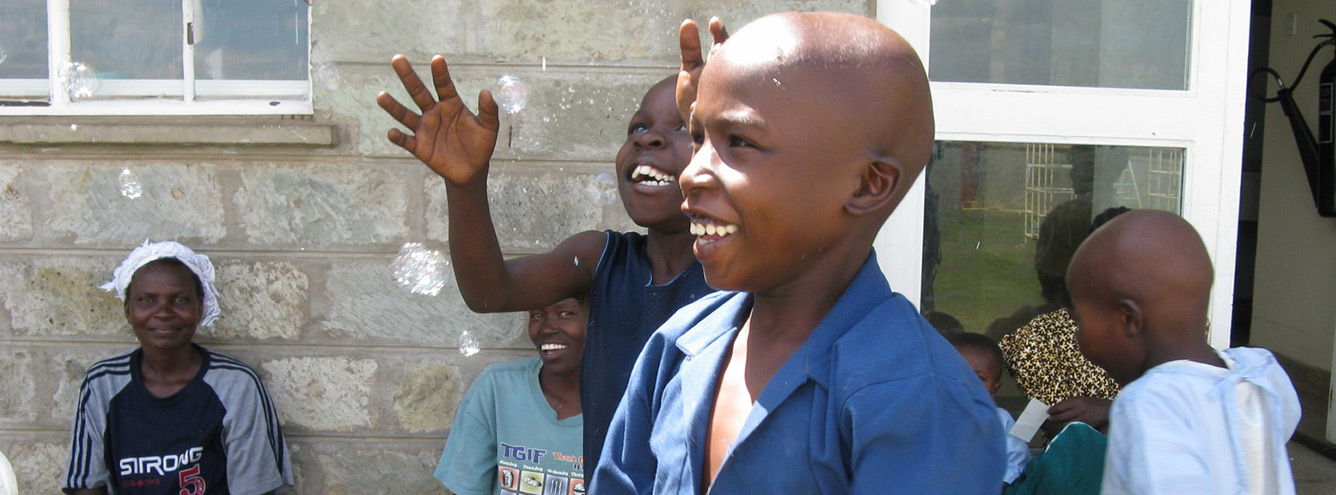We encourage the generation and use of robust scientific evidence to guide care.
When diagnosed early and treated effectively, childhood eye cancer is curable. No child should die, or suffer avoidable blindness because of it. Many challenges impede scientific research needed to develop evidence based care, but One Retinoblastoma World is breaking down those obstacles.
Join Us at One Rb World, October 15-17, 2024!
WE C Hope USA is hosting the 7th One Retinoblastoma World meeting, October 15-17 in Honolulu, Hawaii, right before the 56th World Congress of the International Society of Paediatric Oncology. Please join us!
Uniting parents, survivors, medical professionals and scientists from around the wortd, we share knowledge and experience, build community, and collaborate to advance acute and lifelong care, and access to care, for all. Kids have their own One Rb World Child Life program of activities too!
Only 10% of children with retinoblastoma live in resource rich countries, where the majority of clinical research takes place. Most researchers work with small numbers of children, and there is very little solid evidence to support retinoblastoma care when eyes may be saved.
While more than 96% of children survive eye cancer in developed countries, many endure years of treatment, multiple relapses and moderate to severe loss of sight that is irreversible.
90% of affected children live in less economically developed countries, where clinical research is difficult due to limited resources. Most children have advanced cancer and the priority is life-saving treatment and palliative care.
Many challenges impede the development of evidence based care:
- Poor awareness among primary health workers and parents, leading to preventable blindness in developed countries and preventable death in developing countries.
- Limited access to best available evidence-based care.
- Poor collaboration between ophthalmology and oncology.
- Wide variation in “standard” treatment, and inability to compare outcomes.
- No universal agreement on pathology findings and post-enucleation care.
- No standardized outcome measures agreed by the global retinoblastoma research community to enable meaningful, impartial data analysis.
- Poor study design impeding quality prospective research.
- Numerous single-institution studies involving small numbers of children, hindering evaluation of the investigated treatment’s efficiency.
- Lack of randomised clinical trials for intraocular and extraocular Rb.
- Limited evidence to inform awareness campaigns, treatment decisions or family support programs.






